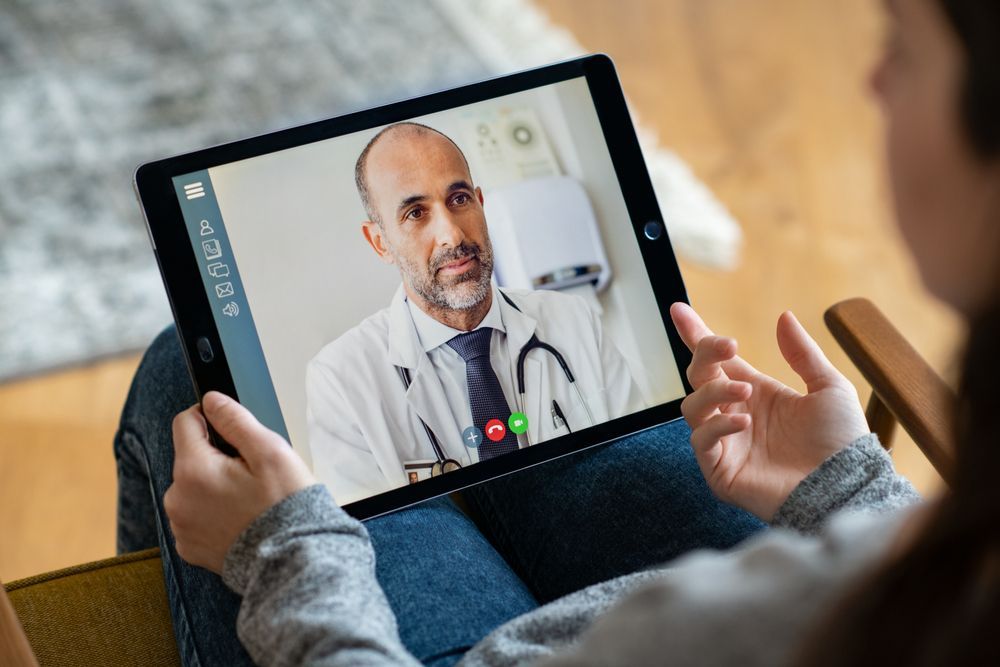Navigating the Healthcare Impacts of the Silver Tsunami
The Silver Tsunami, a term that denotes the rapid aging of the global population, especially the baby boomer generation, is expected to have a profound impact on healthcare systems worldwide. As this demographic shift unfolds, the demand for healthcare services is set to increase dramatically, presenting both challenges and opportunities for providers, policymakers, and patients alike.
Increased Demand for Healthcare Services
The aging population will significantly increase the demand for healthcare services, particularly those related to chronic disease management, geriatric care, and long-term care facilities. Diseases such as Alzheimer's, cardiovascular conditions, and diabetes are more prevalent among the elderly, necessitating a shift in healthcare focus towards managing these chronic conditions over long periods. This will require not only more healthcare professionals specializing in geriatrics but also advancements in medical technology to provide efficient, effective care.
Strain on Healthcare Systems
Healthcare systems, already under pressure in many countries, will face further strain as the number of elderly patients increases. This will likely lead to longer wait times, higher healthcare costs, and increased demand for hospital beds and long-term care facilities. To cope with these challenges, healthcare systems will need to become more efficient, possibly through the adoption of new technologies such as telemedicine, which can provide remote care and monitoring for chronic conditions, reducing the need for hospital visits.
Shift Toward Preventative Care and Wellness
One potential positive outcome of the Silver Tsunami is a greater emphasis on preventative care and wellness. As it becomes increasingly clear that preventing chronic diseases can significantly reduce healthcare costs and improve quality of life in later years, we may see more resources allocated to health promotion and disease prevention programs aimed at older adults. This could include everything from nutrition and exercise programs to screenings for early detection of diseases like cancer and heart disease.
The Role of Technology and Innovation
Technology and innovation will play crucial roles in addressing the challenges posed by the Silver Tsunami. Digital health tools, including wearable devices, remote monitoring systems, and AI-driven diagnostic and treatment planning tools, can help manage the health of the elderly population more effectively. These technologies can enable older adults to maintain their independence longer, reduce the burden on healthcare facilities, and improve the overall efficiency of healthcare delivery.
Preparing for the Future
To mitigate the impact of the Silver Tsunami on healthcare systems, it is imperative for governments, healthcare providers, and the private sector to collaborate on developing strategies that address the needs of the aging population. This includes investing in healthcare infrastructure, training more healthcare professionals in geriatric care, and fostering innovation in medical technology. Additionally, public health initiatives that promote healthy aging and disease prevention will be critical in reducing the future healthcare burden.
The Silver Tsunami represents a significant challenge for global healthcare systems, but with proactive planning and investment in healthcare innovation, it is a challenge that can be met. By adapting to the needs of an aging population, we can ensure that healthcare systems remain robust and capable of providing high-quality care to all citizens, regardless of age.yourself of things that did.


